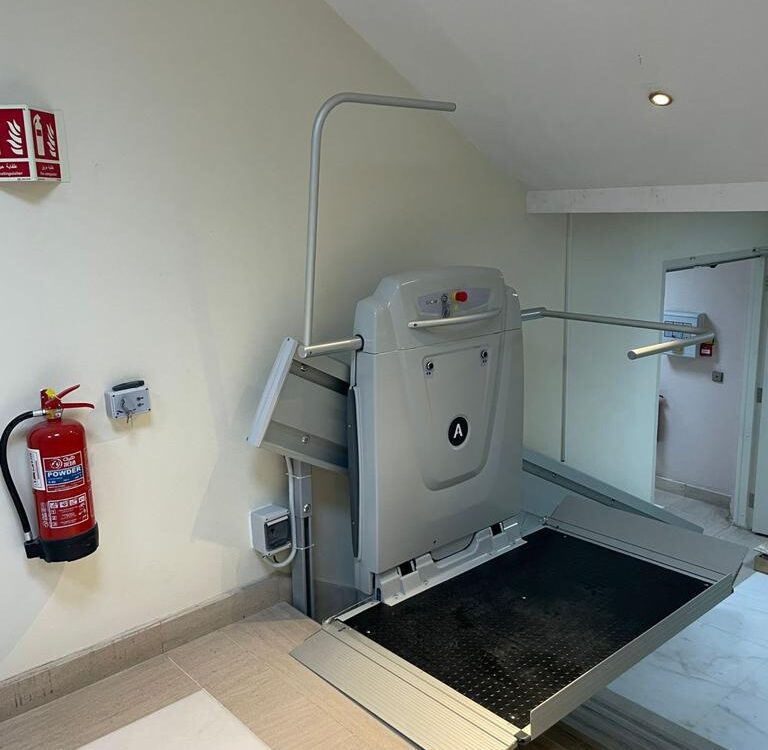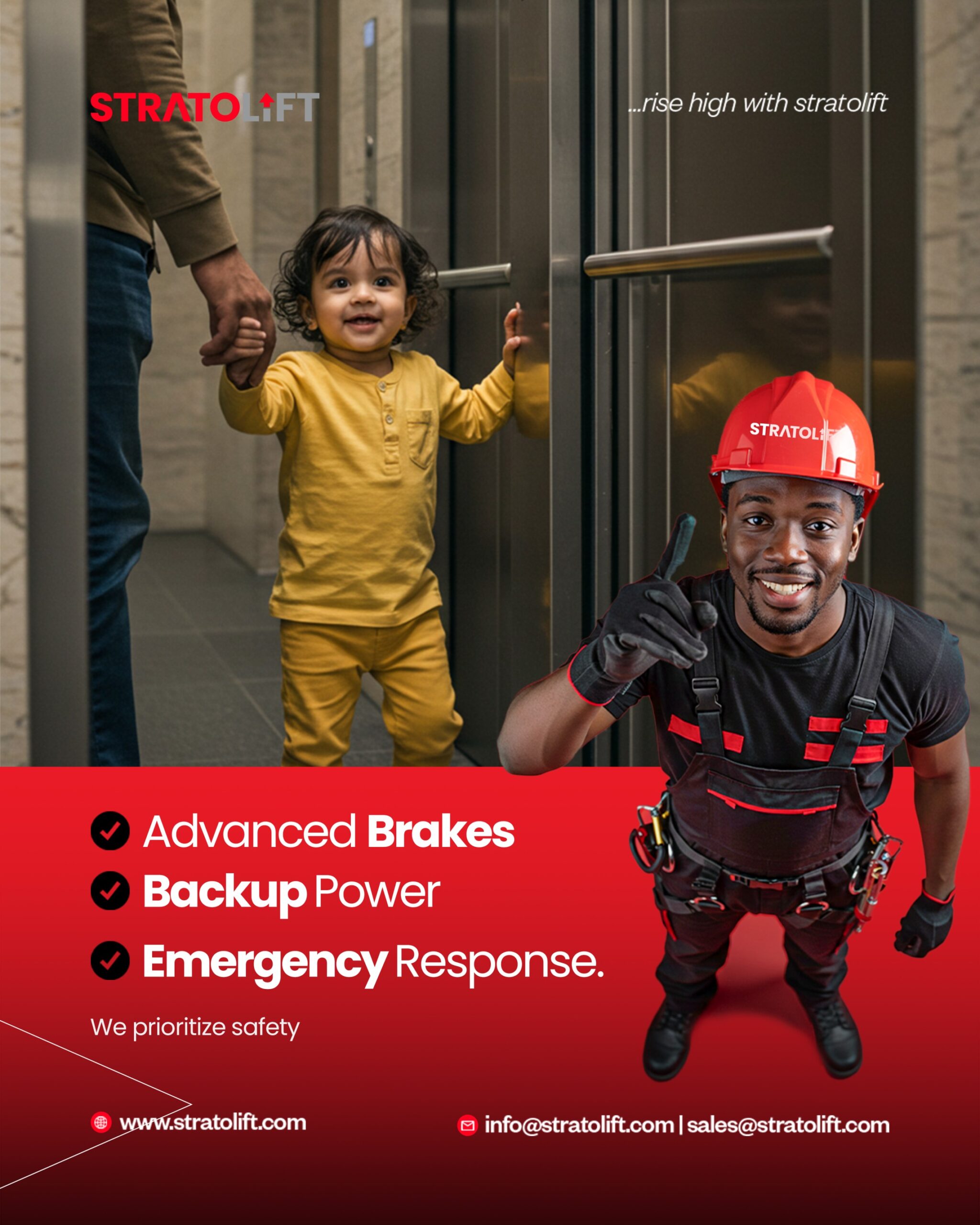
Platform Lifts: Accessibility and Innovation in Motion
Introduction
In today’s world, inclusivity and accessibility are no longer optional — they are expectations. Modern buildings, whether residential, commercial, or public, are designed with everyone in mind, including those with limited mobility. One of the most versatile and trending solutions making this possible is the platform lift.
Unlike traditional elevators, platform lifts are compact, cost-effective, and designed specifically to bridge mobility gaps. They are increasingly becoming the go-to choice for architects, facility managers, and homeowners looking to combine functionality, design, and accessibility.
What is a Platform Lift?
A platform lift is a type of vertical transportation system that provides access between levels for people who use wheelchairs, those with reduced mobility, or anyone carrying heavy loads. Unlike conventional passenger lifts, platform lifts are often smaller, require less space, and can be installed in places where traditional lifts are not feasible.
They are especially popular in:
- Residential homes looking for discreet accessibility solutions.
- Commercial spaces such as offices, retail stores, and restaurants.
- Public facilities like hospitals, schools, and government buildings.
Key Features of Platform Lifts
- Accessibility-First Design
Platform lifts are built with accessibility at their core. They typically feature low pit requirements, wide platforms, and easy-to-use controls, ensuring seamless access for wheelchair users. - Compact and Space-Saving
Unlike conventional elevators, platform lifts can be installed without deep shafts or machine rooms. This makes them ideal for retrofit projects in older buildings. - Energy Efficiency
Many modern platform lifts use low power consumption systems, sometimes even running on standard domestic power supplies. Sustainability is a key trend in elevator technology, and platform lifts align perfectly with this demand. - Safety Features
Equipped with safety edges, emergency stop buttons, and backup power, platform lifts ensure reliability even in unexpected situations. Some models also include non-slip floors and enclosed sides for extra security. - Design Flexibility
From open-style platforms to enclosed cabin-like models, platform lifts come in a variety of designs to match interiors, enhance aesthetics, and integrate with building architecture.
How Platform Lifts Are Used
1. Residential Settings
More homeowners are installing platform lifts to future-proof their homes, ensuring accessibility for elderly family members or guests with mobility needs. They also add value to properties, especially in regions where aging in place is a growing trend.
2. Commercial Spaces
Retail outlets, offices, and restaurants increasingly rely on platform lifts to comply with accessibility regulations and provide inclusive environments. A well-placed lift signals that a business values every customer.
3. Public Infrastructure
Governments and institutions are adopting platform lifts as part of universal design standards. From schools to libraries and transport hubs, platform lifts are bridging accessibility gaps worldwide.
4. Event & Temporary Installations
Portable platform lifts are trending in event management — from concerts to conferences — where temporary accessibility solutions are needed without permanent construction.
Trending Information in Platform Lifts
- Regulatory Push for Accessibility
With global accessibility laws becoming stricter (such as the Americans with Disabilities Act in the U.S. and the UK’s Equality Act), platform lifts are no longer optional but essential for compliance. In Nigeria and parts of Africa, new construction regulations are also increasingly highlighting inclusive design. - Integration of Smart Technology
Trending now are IoT-enabled platform lifts — equipped with sensors, remote monitoring, and predictive maintenance features. These smart lifts reduce downtime, improve safety, and provide building managers with real-time insights. - Sustainability in Focus
As the construction industry pushes toward green buildings, energy-efficient platform lifts that use less power and recyclable materials are gaining traction. Hydraulic-free systems and vacuum-based mechanisms are trending for their eco-friendliness. - Luxury and Customization
Once considered purely functional, platform lifts are now entering the luxury market. High-net-worth homeowners are demanding lifts with glass walls, premium finishes, and quiet operation, blending accessibility with lifestyle. - Growth in Emerging Markets
The platform lift market is expanding rapidly in emerging economies across Africa, Asia, and Latin America. As urbanization grows, so does the need for compact, affordable, and accessible lift solutions.
Conclusion
Platform lifts represent the perfect balance between accessibility, technology, and design. They are no longer just “assistive devices” but an integral part of modern architecture, improving inclusivity while adding value to properties.
For businesses, they ensure compliance and inclusivity. For homeowners, they provide comfort and future security. And for cities, they contribute to building smarter, more accessible communities.
At StratoLift, we specialize in delivering platform lifts that combine safety, style, and innovation. Whether for a private home, a commercial space, or a public facility, we make accessibility seamless.






